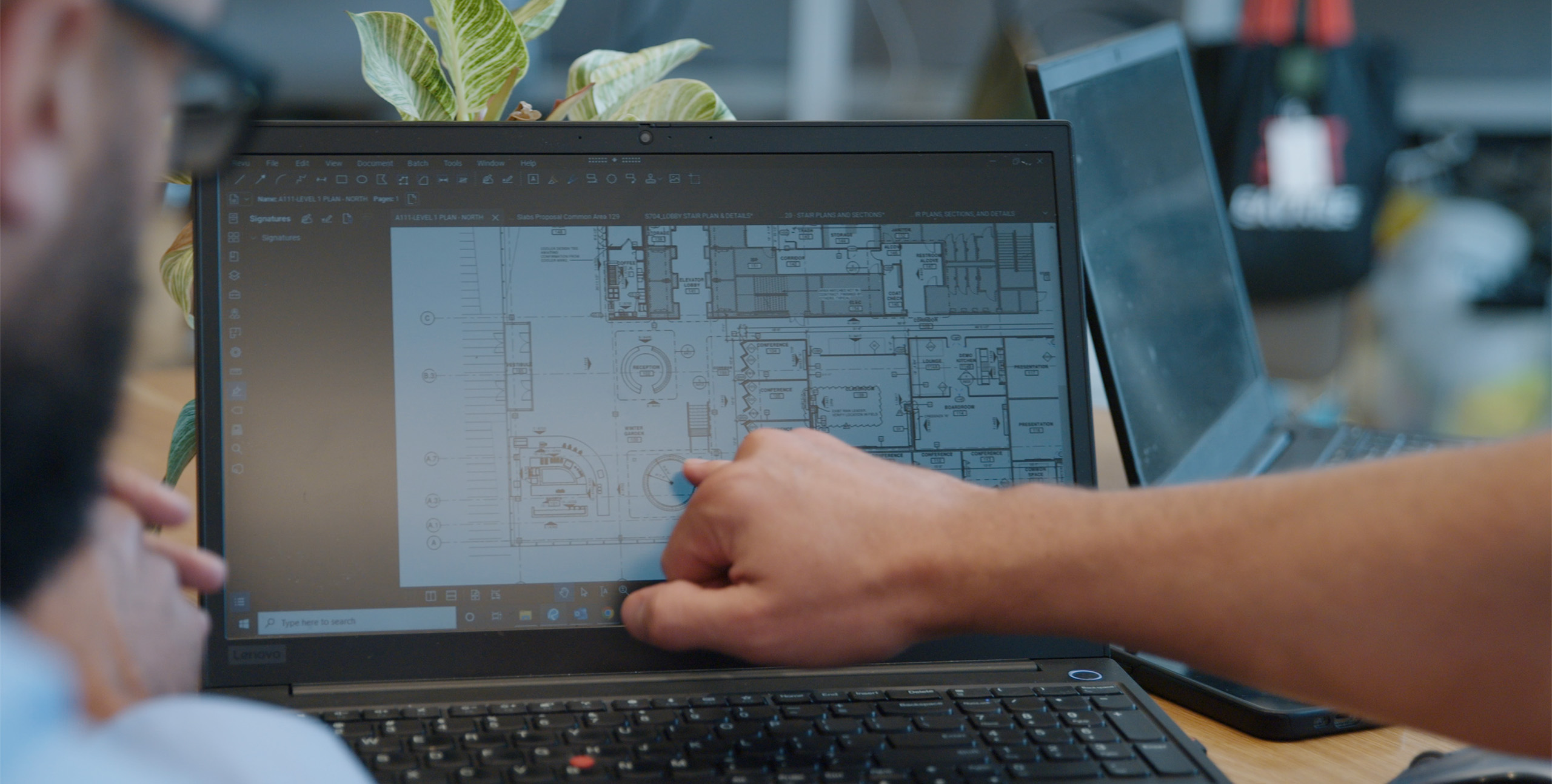In the past, Hospitality + Entertainment conferences have been steadily pushing technology and its benefits to brands and their patrons. From Virtual Reality (VR) that transports patrons to another world (or universe, for that matter) to Augmented Reality (AR) that helps to seamlessly blend both digital and physical elements into a patron’s environment.
But now, while still popular, we're seeing these trends re-emphasize the more comprehensive human-centric design principles that enhance a patron's experience, keeping them coming back again and again thanks to a consistent and well-thought-out design and implementation.
We recently sat down with three of our Hospitality + Entertainment team members about their experience at the Entertainment Experience Evolution (EEE) Conference in Los Angeles, California, chronicling the conversations they had, what trends piqued their interests, and what's on the horizon for the Hospitality industry. During our discussion, three points were made that challenge the status quo, which, until recently, has relied heavily on technology. While that tech isn’t (and shouldn’t) go away completely, designers are beginning to experience a refreshing shift towards a renewed emphasis on human-centric experiences that elevate a patron's experience once they step through the doors of a restaurant or entertainment venue.
Challenging the Status Quo

Challenge 1: Bringing Community In
The challenge doesn't stop once you get patrons into your facility the first time, but rather, how do you keep them coming back for repeat visits?
“I think there's something to be said for creating spaces that people feel like they can still have a good experience without having to pay such a high premium to get it,” said Nicole Poole, AIA, NCARB, Vice President of Hospitality + Entertainment.
Focusing on community is essential to the staying power that retailers and entertainment concepts crave. Bringing the community in means more than getting them to visit your venue once a year. It means making your brand an essential piece of the fabric of your community.
"Some groups are beginning to rethink the norm by financing and designing large gathering places in community centers that are often the destination, but then the community can rent out the space at various times of the year and reinvent it based on the theme or time of year," said Matt Tillman (AIA), Team Lead / Architect at HFA.
When that inevitable change comes, and we know it will, how easily can brands adapt?

Challenge 2: Creating Experiences for all Patrons
"One way to try to bring people back to a space is by giving them a different experience each time they come. How can you leverage not just your primary activity as a draw for patrons but also add secondary activities that may also be worth the visit?" asked Kevin Hayre, Team Lead / Designer.
He continues, “Offering a combination of activities can not only increase revenue but have a lasting impact on the power of your brand. Strategically locating rentable lounge areas, for instance, next to batting cages or pickleball courts allows both players and non-players a chance to engage with the venue in their own way while still enjoying the camaraderie of a group outing.”
Some of our clients, like Home Run Dugout, based in Katy, Texas, have successfully begun exploring this concept. While the batting cages are the primary focus, other experiences are available for patrons. From fire pits and food & beverage offerings to yard games like cornhole (or bags) and even one-of-a-kind offerings like goat yoga, all patrons can find something they enjoy within the same space.

Challenge 3: Virtual Reality Can't Disguise Actual Reality
The immersive nature of VR is undeniably tantalizing for many. Many major tech companies have their platform in the works, with the Meta Quest and Oculus Quests reigning supreme for some time now. While consumers can buy and live these virtual realities at relatively low prices in their homes, many entertainment venues are beginning to incorporate immersive VR technology in their venues, as well with a lot of success. Tech-focused spaces and brands are not going away by any means, but that also doesn’t mean they shouldn’t evolve.
What is the environment like when consumers take off the headset? Is it a smooth transition back to their reality, or is it in stark contrast to the virtual one they were just in? We’re quickly learning that technology can only be the sole attraction for so long before it loses its luster. If the human experience is lacking when the headset is off, people will have less reason to return.
"I think that the real solution to making Virtual or Augmented Reality experiences full sensory is by incorporating things like latent heat humidification and smells into the space, however big or small it is, to create the whole ambiance, even if it's synthetic, said Tillman.
"This hybridization of the physical and the digital elements is key to providing patrons with a genuine experience they can feel good about."
Designers must look at how they can elevate our world rather than doubling down on efforts to escape that reality. Relying solely on this immersive technology and foregoing any of the previously mentioned challenges, specifically building a community-driven space with attractions and activities for all of your ideal patrons, hospitality brands are more than likely to miss the mark time and time again.
Implementing Human-Centric Designs
We're at a crossroads. We must move on from being captivated solely by technology-driven charm to deeply emphasizing complete human experiences. This calls for designers, venue owners, and industry players to embrace human-centric design principles, nurturing community ties and providing diverse, well-rounded experiences. The future of Hospitality + Entertainment doesn't solely reside in the virtual or augmented realm; instead, it hinges on the authentic, tangible connections we establish. This guarantees that patrons return repeatedly, drawn by the richness of consistently well-thought-out designs and strong brands that aim to be pillars of the community.





.png)

.jpg)
.jpg)



